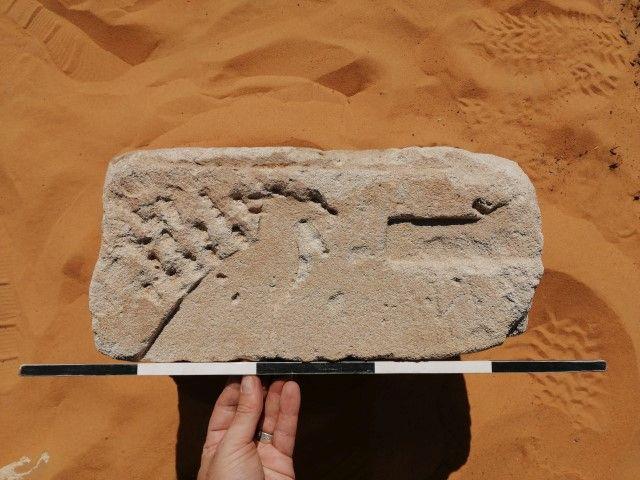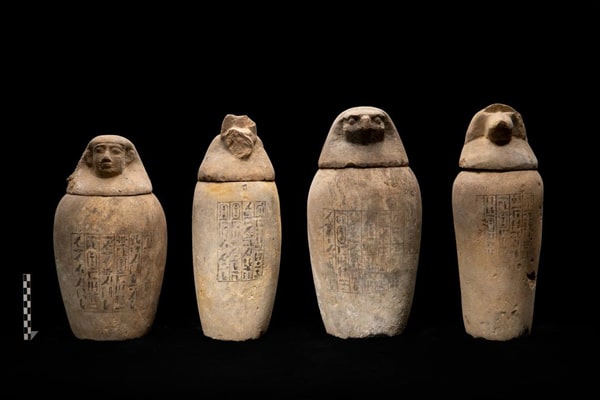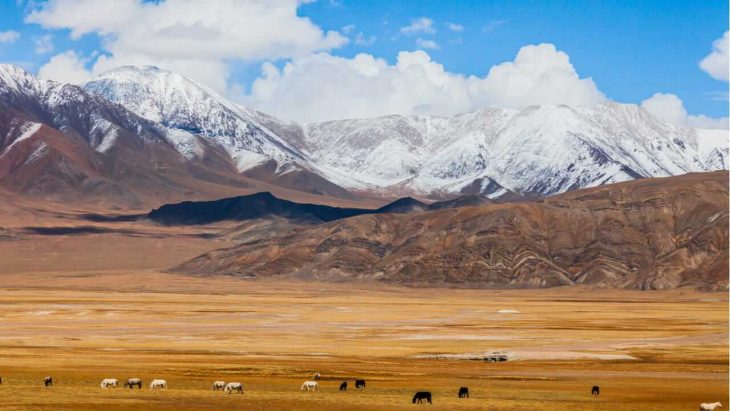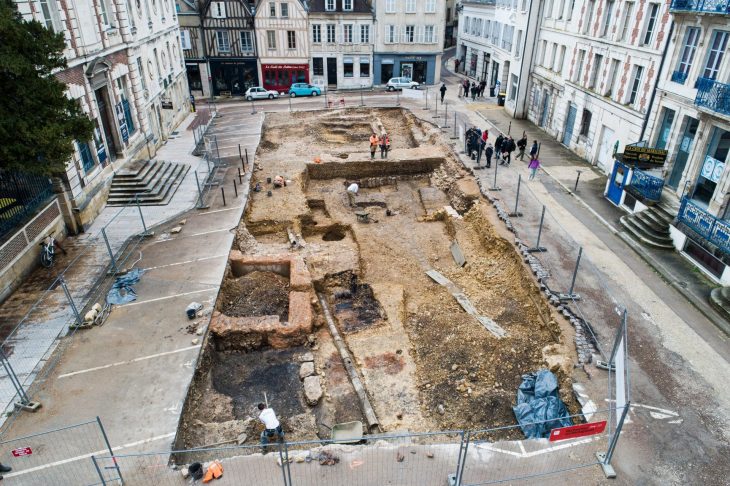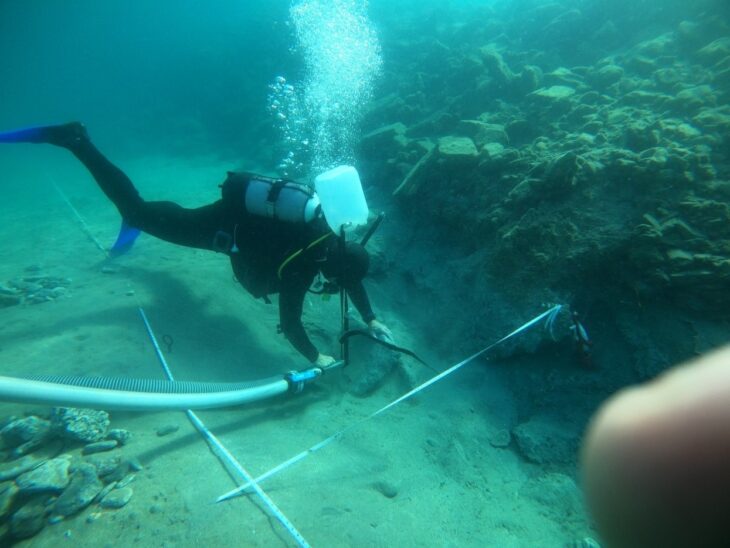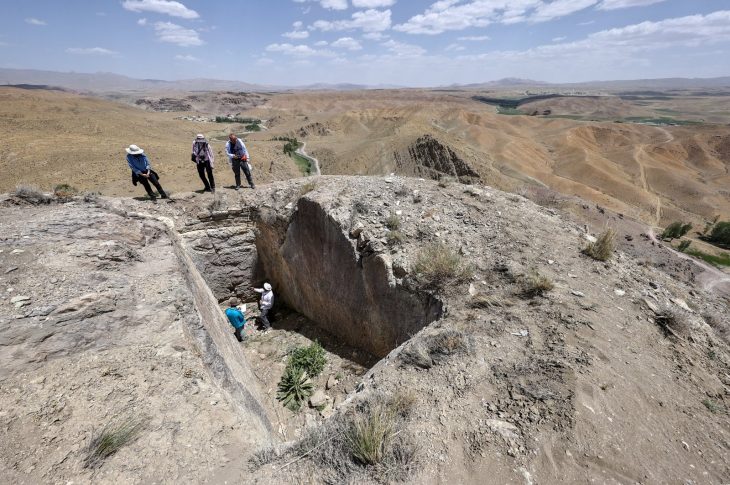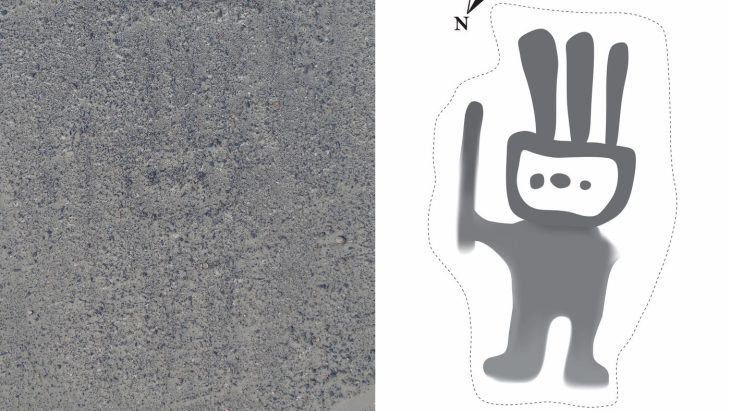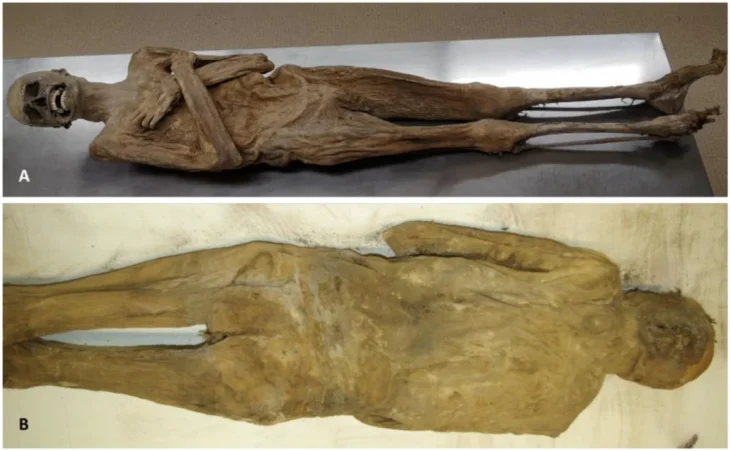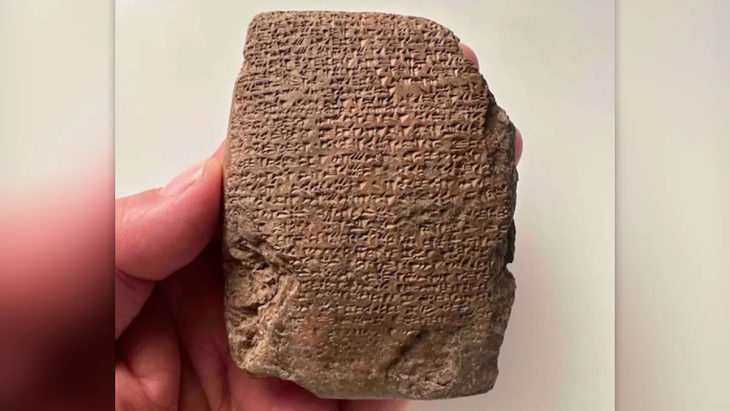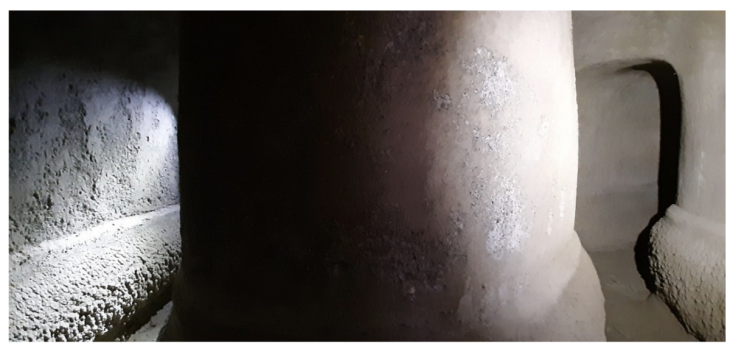Polish archaeologists have discovered sandstone blocks belonging to a pharaoh’s temple covered with hieroglyphs during excavations at Old Dongola in Sudan.
Recent excavations have uncovered over 100 blocks of white sandstone, inscribed with Ancient Egyptian hieroglyphics from the period of the 25th dynasty of Egypt, also known as the Nubian Dynasty.
The blocks found in Old Dongola were originally part of a structure, possibly a temple, built in the first half of the 1st millennium BC, which is the earliest example of human activity on a site identified so far.
Egyptologist Dr. Dawid F. Wieczorek said: “This is a huge discovery, because despite the 60-year Polish archaeological presence in Old Dongola, no evidence of such early construction activity on the site has been identified so far. It is impossible to say whether this material is local or was brought from some other site. Nevertheless, it is surprising that there are so many of these blocks, and from different parts it seems of the same temple.”
Some of the blocks are from the flooring, outer walls, and from a pylon (a tower flanking the entrance to the temple). “This would push back the known history of this city by over 1000 years,” said Dr. Wieczorek.

Within a radius of more than 100 kilometers from Old Dongola, there are no other known examples of sites with Egyptian-style architecture.
The closest is Gebel Barkal (about 150 km up the Nile), and Kawa (about 120 km down the Nile). Both were leading urban and religious centers established during the New Kingdom in the 16th and 14th centuries BC.
The Kushite king Kashta came to Egypt amid political turmoil to run for the office of pharaoh, apparently in Thebes and apparently peacefully. He was the first of the Nubian line of kings who ruled as the 25th dynasty of Egypt (747–656 BC). Piye, the next king, led the conquest of Egypt into the Nile Delta, reacting dramatically to the threat of a combination of powerful northern dynasty. He created an empire that stretched from the 6th cataract to the Mediterranean Sea. The Kushite rulers presented themselves as pharaohs who could return Egypt to its former glory. They assimilated into society by reaffirming Ancient Egyptian religious traditions, temples, and artistic forms, while introducing some unique aspects of Kushite culture.
Cover Photo: Dr. Dawid F. Wieczorek

